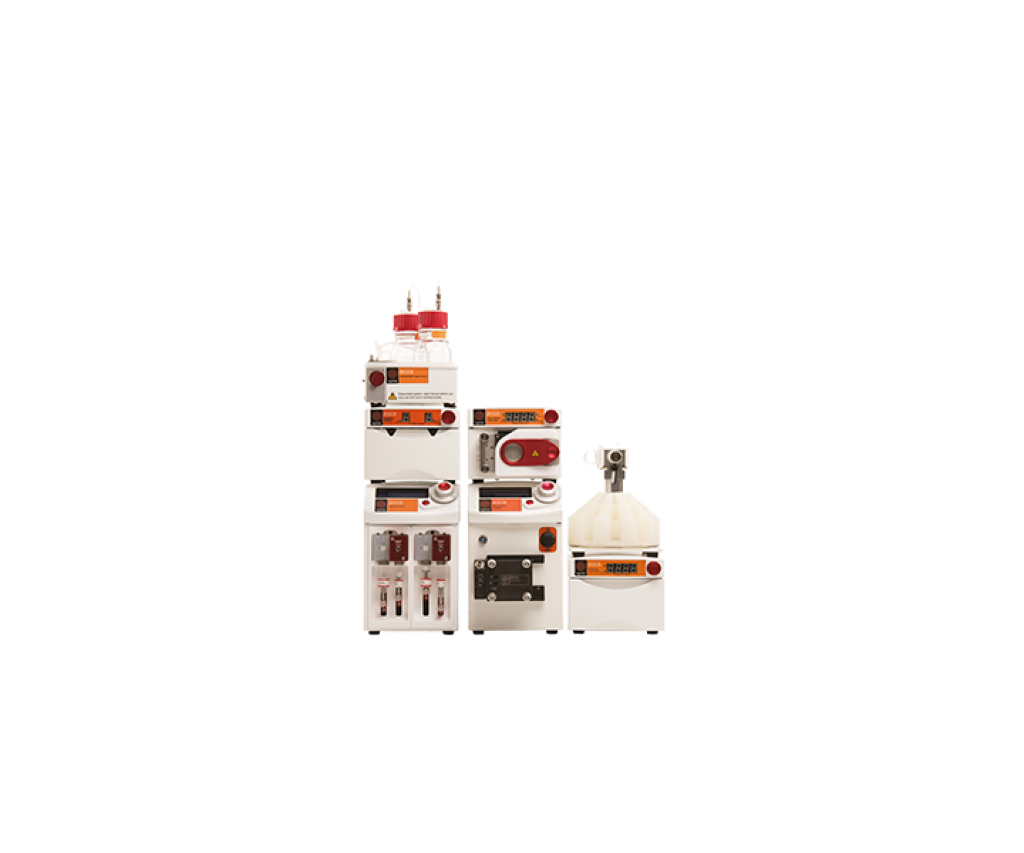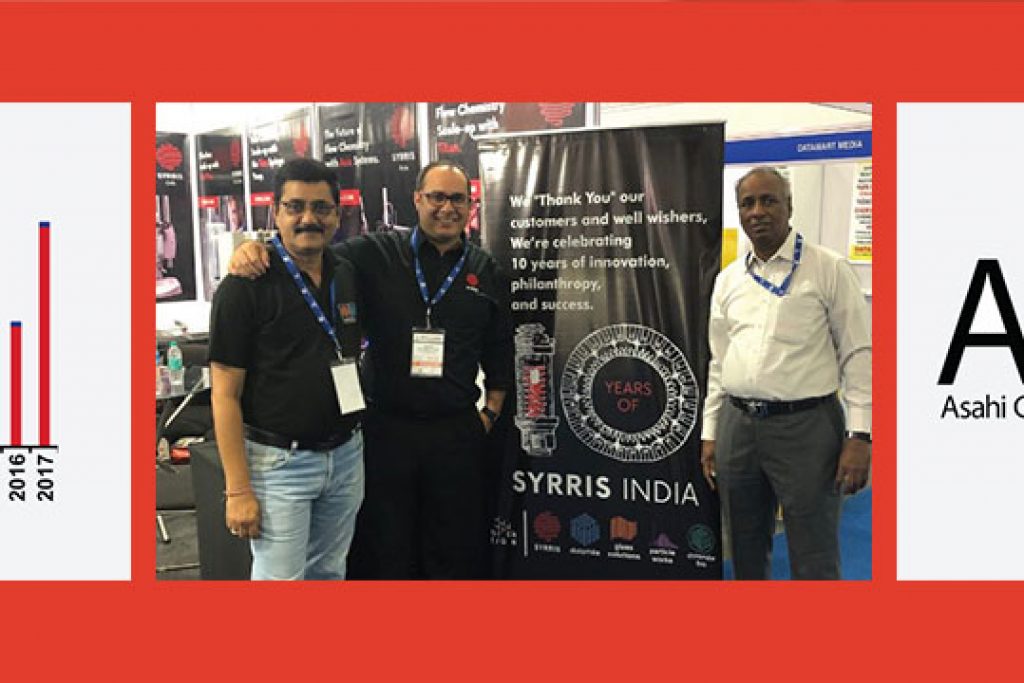Syrris, a world leader in flow product innovation, has been a driving force in enhancing R&D chemistry productivity ever since the company’s foundation 14 years ago. This achievement is amply recognized by the wealth of impressive publications describing novel flow chemistry applications developed using Syrris reactors.
Today, scientists have access to hundreds of flow chemistry papers citing groundbreaking applications established on modular reactors from Syrris, including the Ley group’s Accelerating Spirocyclic Polyketide Synthesis using Flow Chemistry1. The group, based at the University of Cambridge, took advantage of the Asia reactor’s continuous analysis and workup capabilities to synthesise the natural products Spirodienal A and Spirangien A. This pioneering process, using solids, liquids and gases, combines 16 stages of a 21-step synthesis into one flow chemistry sequence, demonstrating just how far flow techniques have advanced.
The pharmaceutical industry is also benefitting from continuous flow techniques, as well as microfluidic electrosynthesis, with publications including A three step continuous flow synthesis of the biaryl unit of the HIV protease inhibitor Atazanavir 2 and Preparative Microfluidic Electrosynthesis of Drug Metabolites3.
1. Sean Newton, Catherine F. Carter, Colin M. Pearson, Leandro de C. Alves, Heiko Lange, Praew Thansandote, and Steven V. Ley (2014). Accelerating Spirocyclic Polyketide Synthesis using Flow Chemistry. Angew. Chem. Int. Ed. 53,
1-7. Read here
2. Luciana Dalla-Vechia, Benedikt Reichart, Toma Glasnov, Leandro S. M. Miranda, C. Oliver Kappe and Rodrigo O. M. A. de Souza (2013). A three step continuous flow synthesis of the biaryl unit of the HIV protease inhibitor Atazanavir. Org. Biomol. Chem. 11, 6806-6813. Read here
3. Romain Stalder and Gregory P. Roth (2013). Preparative Microfluidic Electrosynthesis of Drug Metabolites. ACS Med. Chem. Lett. 4 (11), 1119–1123. Read here

